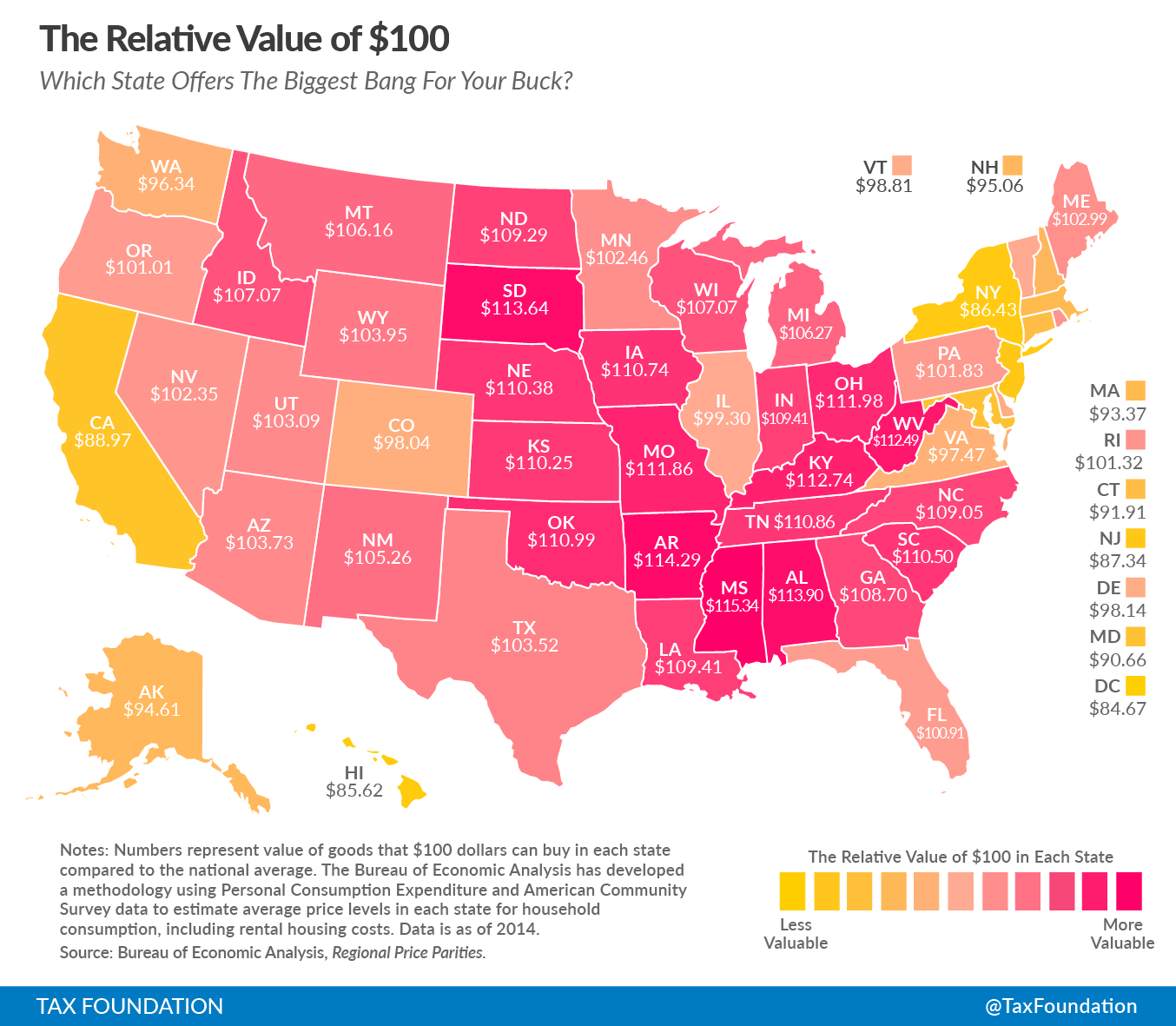Recently, a University of Washington study released on the impact of raising Seattle’s minimum wage from $11 to $13 in 2016 showed some disturbing effects. It revealed that the number of minimum wage jobs declined and while lower-income workers were making higher wages they were employed fewer hours, resulting in a net loss in wages.
The study, commissioned by the city, was so disheartening that the mayor of Seattle decided to get another study done that would show better results. But trying to come up with another study that proves an argument because the implications of the first are not what were expected won’t help the people impacted by the policy. It will keep the minimum wage debate alive, though.
That said, some limitations to the University of Washington study, as pointed out by economist Michael Strain, show that Seattle’s experiment won’t end any time soon.
The data it used make it difficult in some instances to determine whether a particular job is in the city of Seattle or elsewhere in Washington state, and the study attempts to deal with this challenge by limiting its scope to workers at single-location firms. The data also don’t include contractors.
To determine the effects of Seattle’s minimum wage increase, the study compares hours and wages in Seattle to those in neighboring counties, before and after the Seattle increase. This is reasonable, but one could also reasonably be concerned that those neighboring counties are not the best comparison group. To address this possibility, the study uses more complex statistical methods. There again, it’s reasonable to question those methods — but not the conclusion that the Vigdor study materially advances our understanding of the effects of the minimum wage. It’s hard for me to understand how any economist could conclude otherwise (emphasis added).
At the same time, the Vigdor study is just one study. Should it increase our confidence that minimum wage increases can hurt low-wage workers? Of course. Does it prove that point for all time in all places? Of course not. The Vigdor study covers only one city. The economics of city-specific minimum wage increases are probably somewhat different from that of state or federal increases. It’s also hard to be sure that what happened when Seattle increased its wage to $13 per hour in the context of getting to $15 per hour can be generalized to what might happen if, say, Kansas City increased its minimum wage to a different amount in a different context over different years.
So where does this leave the debate over minimum wages? Right where it was before: confused.
In other words, the University of Washington study was conducted as professionally and with the best methodologies available to economists to sort through the information. But circumstances are not static, and trying to prove an overall argument of the minimum wage debate based on one city’s experience is an instance where politics gets in the way of policy.
The rise in the wage was part of a three-year plan to get Seattle’s minimum wage to $15 per hour. The last bump took effect at the beginning of this year. Concerns that the impact of such a sharp minimum wage increase hurts lower income workers are legitimate even as the impact of the final increase have yet to be determined.
The Vigdor study does not subscribe to a social policy. It merely points out the effect of the social policy chosen in Seattle for Seattle are not what the engineers had hoped. As Strain points out, popular solutions are not necessarily the best solutions for the people the solutions are targeted to help.
When thinking about whether minimum wage increases are good or bad, you have to think clearly about the social goal you are trying to achieve. If your goal is to help reduce income inequality and to increase the earnings of some middle-class households, then the minimum wage is not a crazy policy.
But if your goal is to help the least skilled, least experienced, most vulnerable members of society to get their feet on the first rung of the employment ladder and to start climbing, then the minimum wage is counterproductive. Its costs are concentrated among those vulnerable workers. It is an obstacle in their paths. It is bad policy.
Read the complete Strain article at Bloomberg






